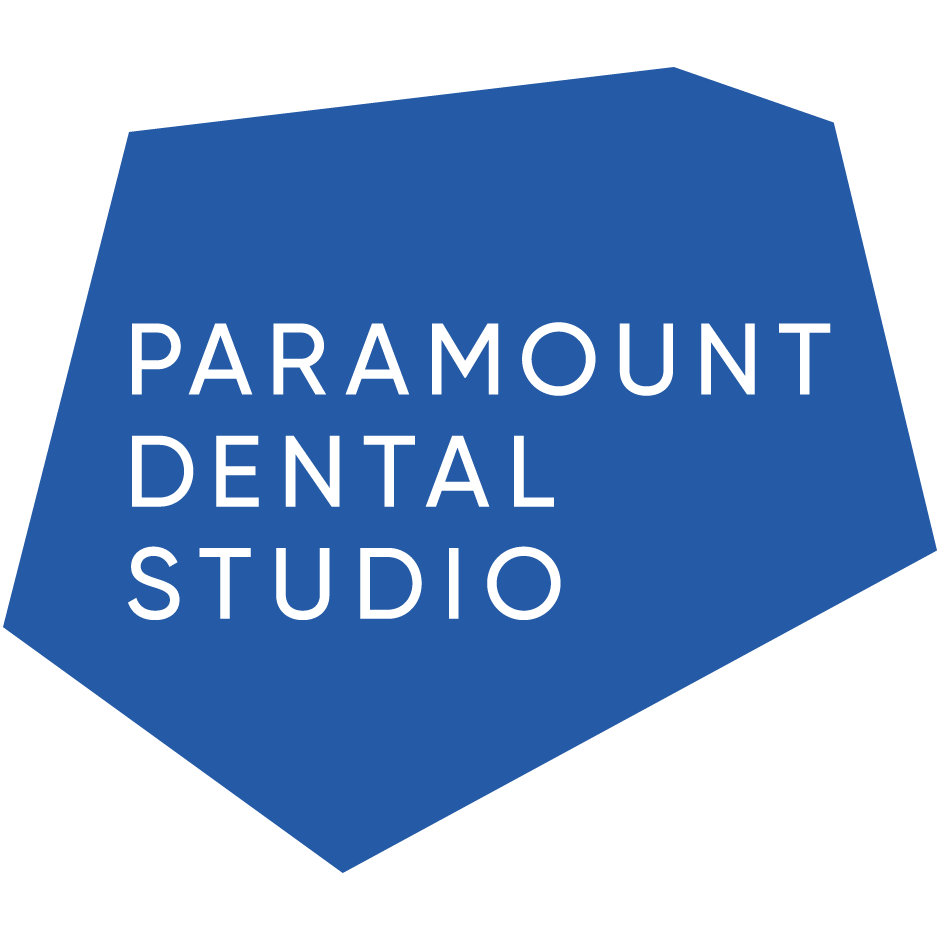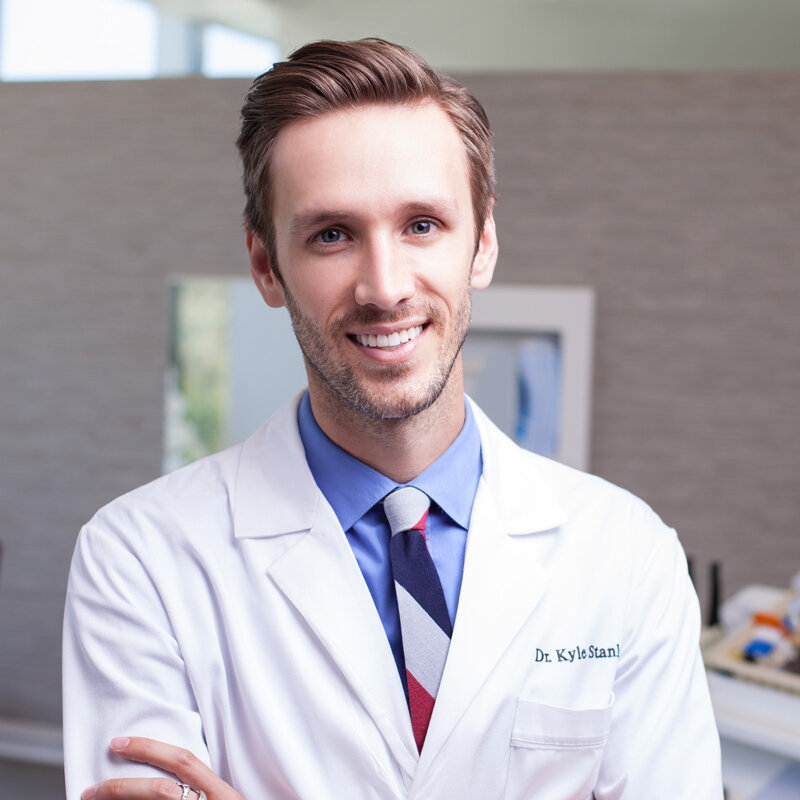Artificial Intelligence in Dentistry: Challenging the Status Quo
When you hear artificial intelligence (A.I.), what’s the first thing that comes to mind? RoboCop, self-driving cars, smart fridges that reorder milk before you run out?
... How about dentistry?
When it comes to visually diagnosing patient pathologies based on x-rays, the machines, my friend, have got your back.
Enter Pearl Inc. – the California-based venture-backed artificial intelligence company whose software program views an x-ray and reports whether the patient needs a crown – all that with three times the accuracy of the average dentist. Pearl Inc.’s team is made up of seasoned software vets and high-profile dentists who built a program that – even in its pre-release version – is already promising to change the dental landscape for the better. The program is called Second Opinion™ because, if you’re a dentist, it’s like having the best minds in dentistry as your personal diagnosing assistant.
How it works
Artificial intelligence learns like a child. You don’t describe to a child what a chair is: has four legs, but sometimes three; has arm rests, but sometimes not. Instead, you show the child multiple examples of actual chairs and then they understand. Pearl works on the same principle. Show the software enough x-rays of patients with certain pathologies and it begins to understand patterns. But it’s not enough just to show it some images. You need dentists to explain the minute details as well as the confidence level of diagnosis – is it a 100% indication for a restoration or just 50%? The dentists who are teaching this software how to diagnose are essentially digitizing and immortalizing their combined knowledge into the software. If you contribute to the software’s learning, it’s kind of like a piece of you will live (or work) forever in dental practices across the globe.
The implications are transformative
Patients will be more trusting of recommended procedures if they have a nationally recognized software program backing up the dentists diagnosis. Dentists will be confident they are diagnosing as good as humanly possible. And yes, even the insurance companies will join in the revolution. They could use it to crack down on and potentially eliminate aggressive treatment practices for diagnoses that are exceptionally at odds with the conservative software. On the flip side, if the software confirms the doctor’s assessment, it becomes very difficult for the insurance company to deny payment. Second Opinion is a tool to increase trust among the dentist, the insurance company, and the patient. A brave new world is quickly approaching. Are you ready?
Written by Paramount and Dr. Kyle Stanley, DDS
Dr. Stanley, named as "The Next Generation of Cosmetic Dentistry" by the American Academy of Cosmetic Dentistry in 2015, and one of “The Top 10 Young Educators in Dentistry” in 2017 by Incisal Edge Magazine and the Seattle Study Club graduated Magna Cum Laude from the Herman Ostrow School of Dentistry of USC and then went on to complete a dental implant residency and dental implant specialty in Florianopolis, Brazil.
Dr. Stanley is the Clinical Director at Pearl Inc. and Paramount Dental Studio is an independent, national laboratory working with Pearl to develop automated margin marking technology.

